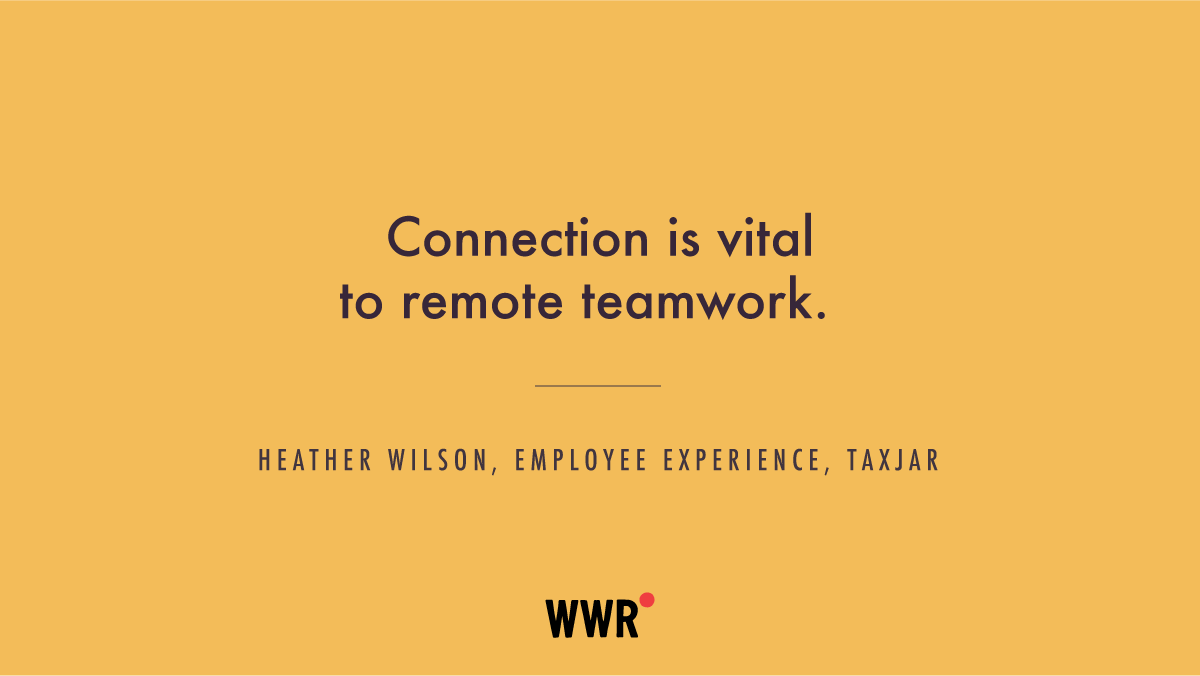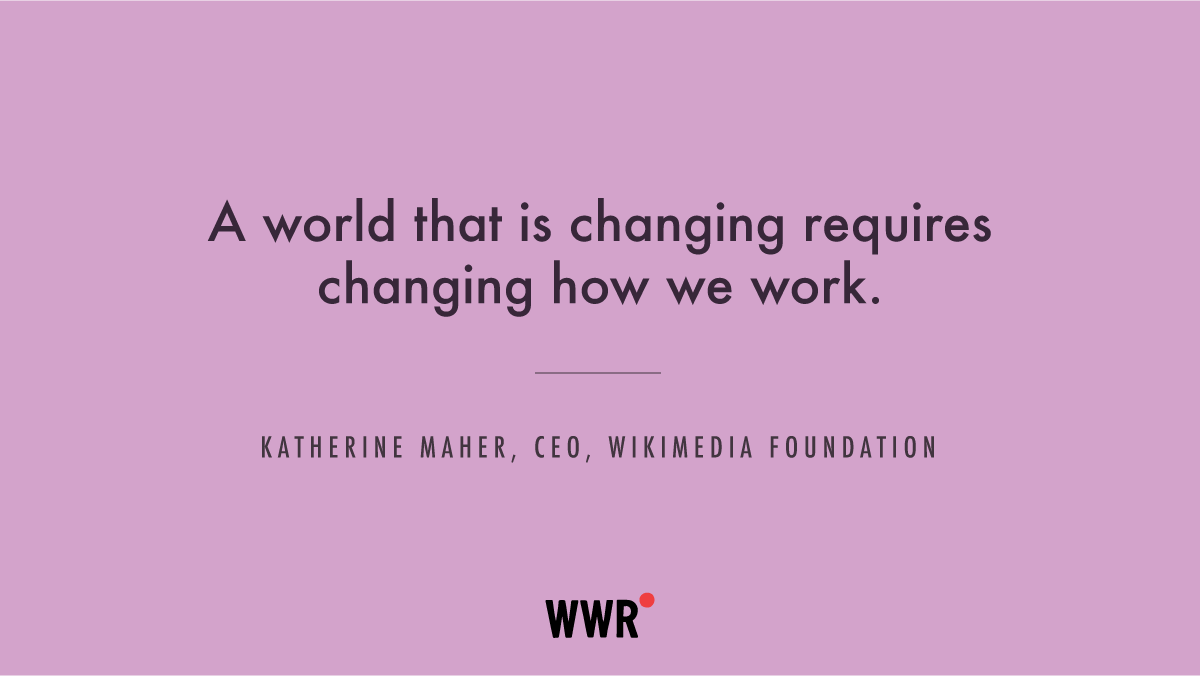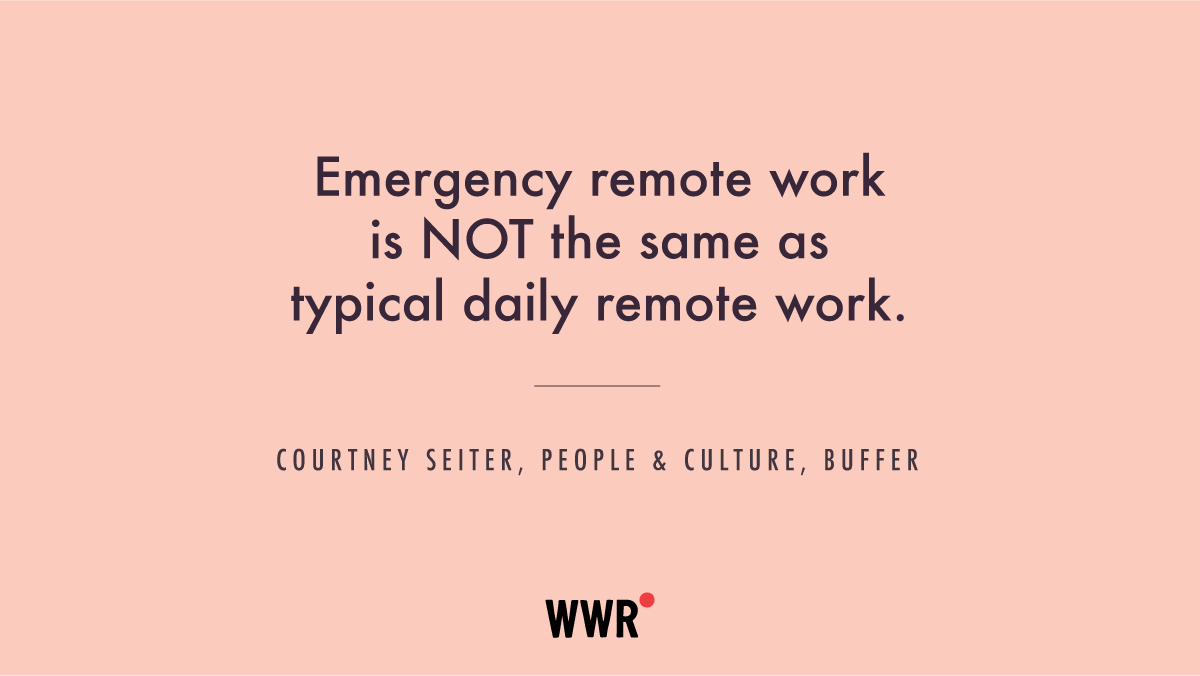How to Switch to a Temporary Remote Work Environment - Best Practices From the Experts
Is your team temporarily switching to remote work because of coronavirus? Use these expert tips to help you and everyone else transition stress-free.
Has your office recently turned remote thanks to the coronavirus pandemic?
Wondering how you’ll manage your team and keep your business going strong?
Today’s guide can help.
We’ll be sharing seven best practices to help your crew get used to remote work. And you’ll also learn how to stay on top of project deadlines without virtually micromanaging your team.
But first:
Are You Switching to Remote Work Because of Coronavirus?
As we mentioned in our most recent guide, at-home work should be supported instead of discouraged during this time.
If you’re making the switch specifically because of this, you’ll want to:
- Remain calm and in control
- Create a plan and clearly communicate it with your team
- Promote higher hygiene standards
- Encourage employees to work from home
- Limit non-essential travel and in-office meetings
It’s also crucial to have a remote working policy in place. And you’ll want to invest in remote work tools that will help make your transition easier. Check out Wikimedia's response to COVID-10 here.
Aside from the basics of switching to remote work right away, it’s important to distinguish that working remotely is especially precious right now.
Give yourself and your team permission to slow down in how you approach your work and job.
If you’re managing a distributed team for the first time, supporting your employees is priority number one. Now is the time to focus on the essentials, adjust expectations and lighten the load.
Now we’ll build on this solid foundation to show you how to keep your team productive while safe in quarantine.
7 Expert Best Practices to Help Your Team Work Remotely
What are the best ways to motivate and manage a remote team?
Check out this list of expert-level tips from some of the top companies around the world, including many all-remote businesses:
1. Stay Flexible
With everyone adjusting to this new remote work style, it’s important to cut your team some slack as you iron out the wrinkles.
Give your team a chance to get used to the new remote work processes and tools you have in place. And if a deadline is missed, don’t panic just yet.
Your team members will need to learn how to ignore distractions they don’t face in-house, especially if they’re juggling children or spouses at home during the coronavirus quarantine.
It’s not uncommon for employees to “disappear” for a few hours when it comes to remote work. This radio silence doesn’t mean they’re slacking off; it most often means they’re busy working (or dealing with important matters of the home).
 Check out more of Ali Greene's Do’s and Don’ts of an Emergency Remote Work Plan
Check out more of Ali Greene's Do’s and Don’ts of an Emergency Remote Work Plan
 Check out more of Ali Greene's Do’s and Don’ts of an Emergency Remote Work Plan
Check out more of Ali Greene's Do’s and Don’ts of an Emergency Remote Work Plan
2. Trust Your Team
One of our favorite tips is that you need to trust your remote team the same way you trust your in-house team.
In their article on managing remote teams, Inc. recommends focusing on employee outcomes, not their activity. This is a great way to build trust.
So at the start of a project, lay out all the tangible expectations, milestones, and concrete deadlines you want team members to hit.
Monitor their progress and ask team members how they’re doing at the mid-way point. Let them know you’re there to help if they’re falling behind.
This helps you get ahead of the situation and may avoid a missed deadline. It also builds trust along the way.
As long as the work gets in on time and hits the project objectives, there’s no reason to doubt your team’s ability to work remotely.
Communication is the key to this type of successful remote teamwork.
3. Crank Up Communication and Schedule a Daily Check-In
Marcus Wermuth shared a great tip: “There’s no such thing as overcommunication in remote work.”
So as BBC perfectly puts it, you’ll need to “crank up your communications” during your remote transition so you won’t get stressed by last-minute surprises.
Experts recommend connecting with your team often so they don’t end up working in their own silos, and you’re left wondering what they’re up to. It also keeps all team members on the same page.


Plus, connecting gives you a better chance of staying on schedule. Daily check-ins to see where everyone is progressing will let you know the job is getting done without you having to micromanage.
So when you do check-in, try to:
4. Save Email for External Communications and Threads for Internal
Your employees are inundated with hundreds of emails each day, and you don’t want yours to get lost in the shuffle.
So Marcus Wermuth says their internal employee communications are done on a platform known as Threads.
But you could just as easily put this advice to good use with a different communication platform.
Rather than sending your internal communications via email, consider using Slack, Trello, or other project management software.
You’ll be able to quickly and easily monitor and touch base with your team, and they can do the same.
This means you’ll have the updates you need without wondering if your team members saw your email.
You may also want to communicate for fun using virtual calls.
5. Add in (Virtual) Social Interactions
Besides learning how to improve your team’s productivity, it’s also important to consider their mental health.
Working remotely can get lonely and boring at times, especially if your team members are used to working in an office and now they’re home alone.
So on top of scheduling work meetings, try to squeeze in 10-minute breaks here and there to hop on a face-to-face virtual call. Feel free to open up and chat about non-work related stuff.
These quick interactions can boost morale and help you discover what’s going on in your team’s life. Then you’ll know how to better prepare and manage their workload.
The next two tips can also ensure that your team doesn’t get sidelined by their new work style.
6. Encourage Sticking to a Regular Schedule
Working remotely conjures up thoughts of waking up late and working in your pajamas. But the reality is far from that.
To be productive, your team should adhere to a regular schedule, similar to what they had in the office. Employees should also try to “get dressed” even though they’re not going anywhere.
While no one will technically see that they’re working in their pj’s, stress that doing so will make them feel less energized to work and more inclined to watch Netflix and chill.
Continuing to dress up -- even if it’s just a more casual version of their typical workwear -- will help employees feel like they’re still working instead of sitting at home.
Same goes for this final point:
7. Enable a Dedicated Remote Work Space
Do your team members have the ability to carve out a dedicated workspace in their home?
A designated office area allows employees to quickly “get in the zone” and block out distractions like the TV.
So consider providing your employees with a company-approved computer, desk, ergonomic desk chair, etc. Or give your employees a one-time stipend to purchase these essentials for themselves.
This single expense will go a long way for your employees’ productivity -- and still costs less than supplying a whole office.
Follow These Best Remote Practices Today
If your team is new to remote work, these seven best practices should help everyone get accustomed quickly and easily.
Ensuring clear, regular communication and encouraging consistent updates can help you stay in the loop without having to virtually hover over your employees.
Put your people first and try to remain calm during these uncertain times. There will be hiccups, and you’ll do everything you can to manage and minimize them when they come up.
Trust your team and the remote working policy and processes you put in place.
Should you return back to the office, your team will be better equipped to handle remote work if they need to do it again in the future.


